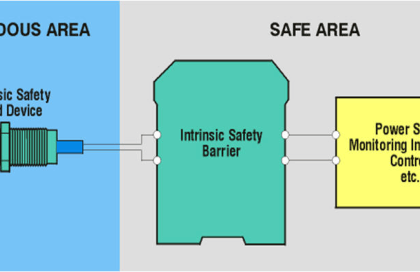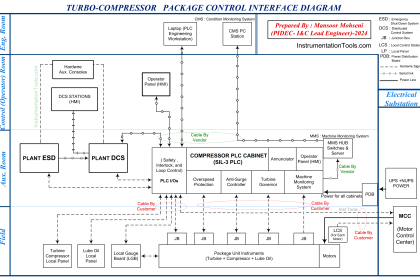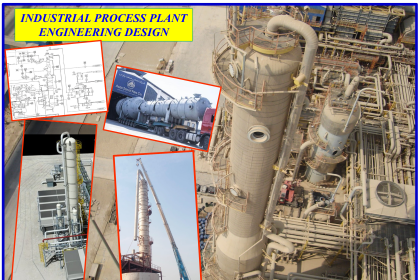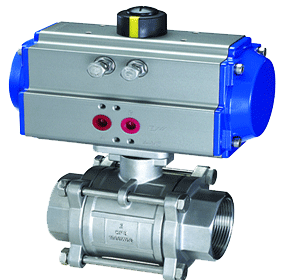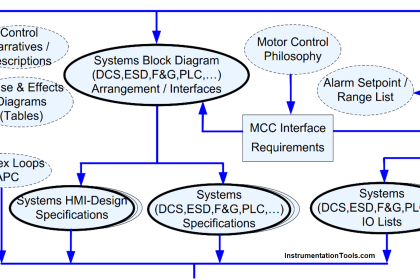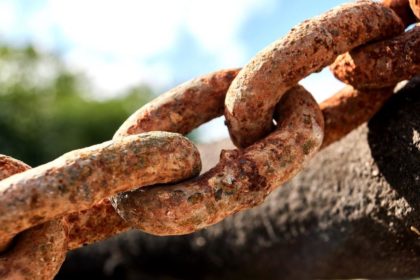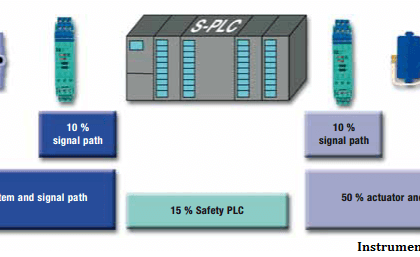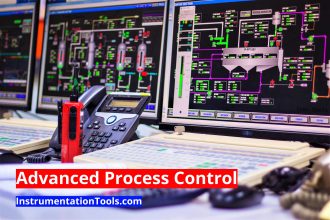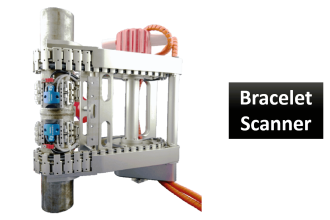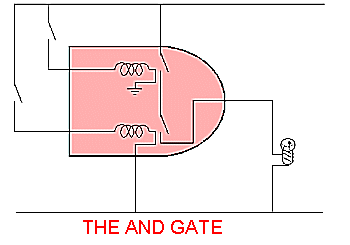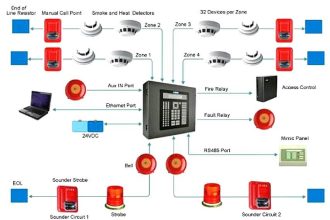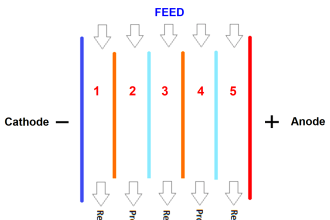Consider These 6 Elements When Selecting A Pneumatic Manifold
Manifolds provide a convenient junction point for the distribution of fluids or gases. Quickly thread fittings or valves into the ports to produce an organized method of supplying multiple lines from a single source. Although simple in design, there are several elements that must be considered when selecting a manifold for your application.
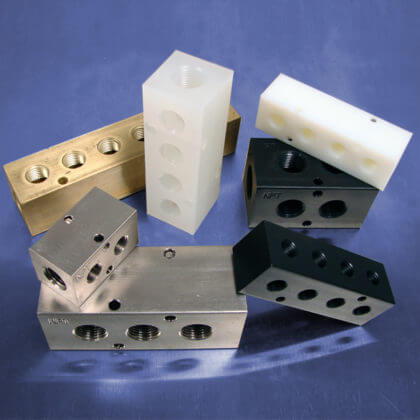
1. Material – Pneumatic manifolds are manufactured from a variety of metals and plastics, therefore, it is important to know what material is compatible with the media in your application. Selecting an incompatible material can cause corrosion of the manifold resulting in leakage at the distribution point in your system.
2. Port Size – Manifolds feature a variety of input and output porting options to accommodate the control valves and fittings required in an application. When designing your fluid control circuit, be sure to select components with the same thread size to speed installation in the manifold’s output ports.
3. Number of Stations – How many lines will be connected at your distribution point? Most standard manifolds have two to 10-stations, however, custom manifolds can be manufactured to accommodate the number of components required in your circuit.
4. Spacing – One of the most commonly forgotten elements of manifold selection is the spacing between the manifold’s output ports. When selecting a manifold, you want to ensure that the control valves or fittings can be installed without interfering with a neighboring component.
5. Operating Pressure – Different materials have different pressure limitations. Be sure to review the operating pressures published by the manufacturer to ensure that the manifold won’t rupture when used in your application.
6. Placement – Consider where the manifold is going to be placed within your system. The closer the manifold assembly is to your equipment, the fewer long lines that will need to be run, saving money and providing plumbing convenience.
Also Read: Control Valve Characteristics
